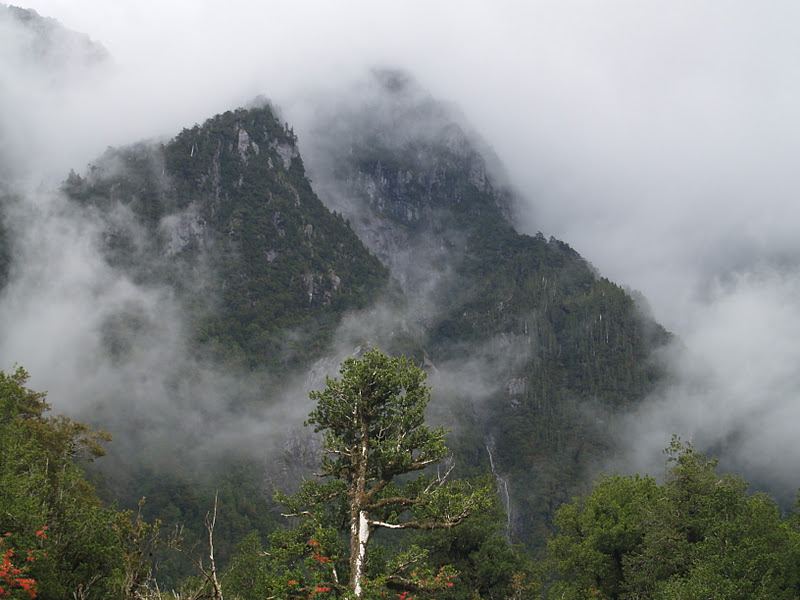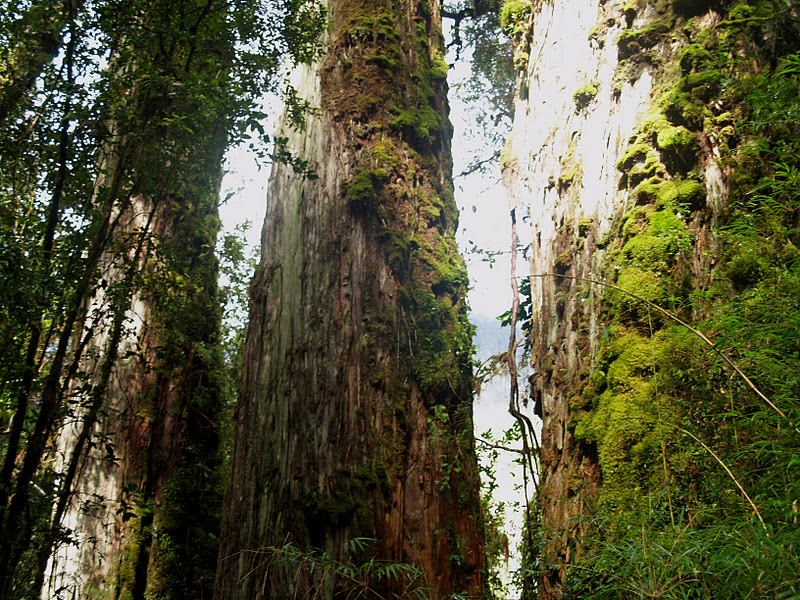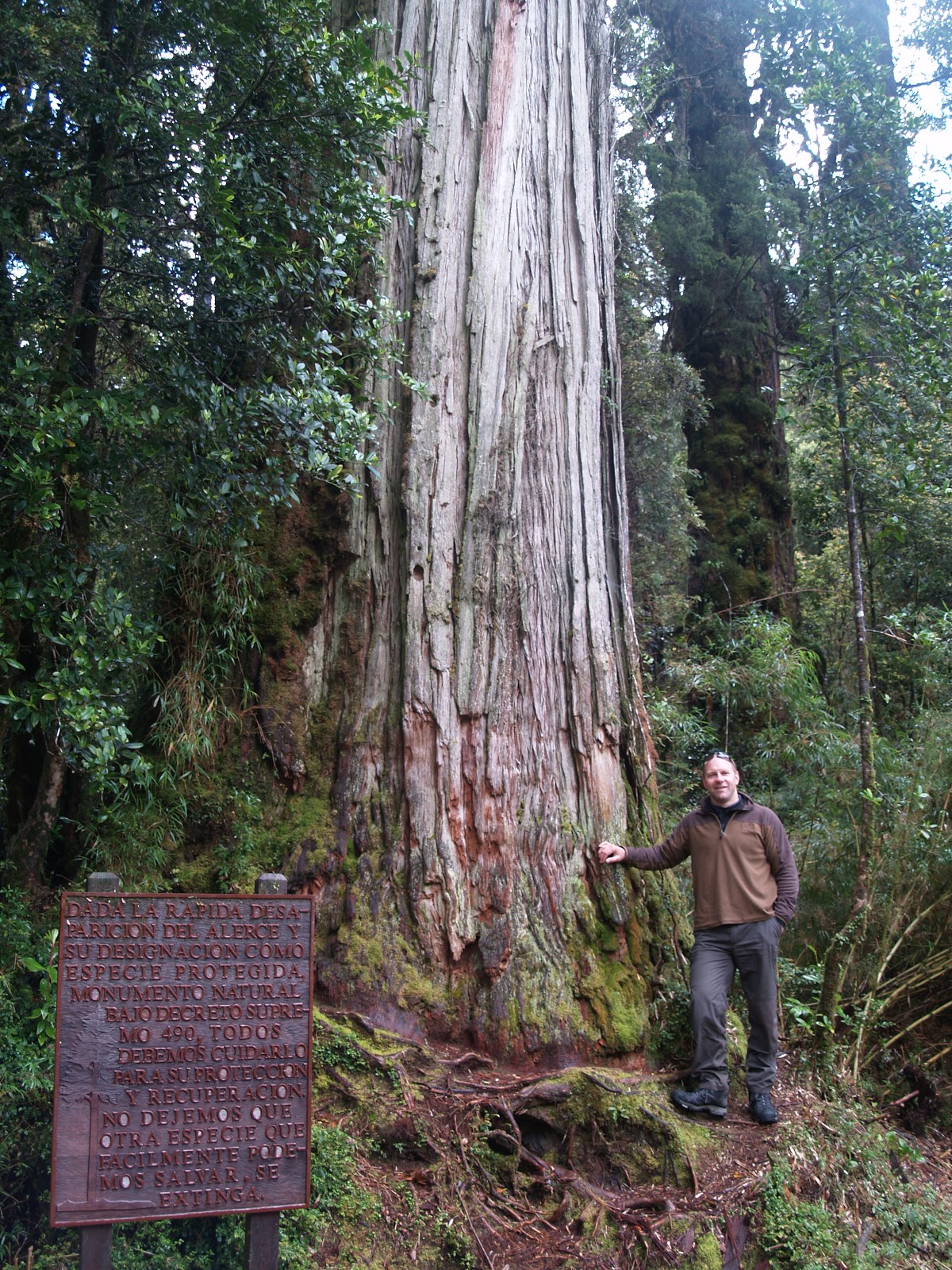Our small plane lands on Juruti's red dirt airstrip and shudders quickly to a standstill. I am met off the plane by Volnei in the dazzling light and baking heat of the midday sun. We bypass the little shed that passes as the airport terminal. Volnei and his team are to show me the restoration plans and work at ALCOA’s brand new Juruti bauxite (aluminium) mine.
 |
| Juruti airport. Baggage collection on the left; departure lounge on the right |
Juruti is a small town that has existed on the banks of the Amazon for generations. Although the operating mine itself is only a couple of years old, ALCOA has been in the town for the past eight years to develop the mine. As a new mine Juruti has benefited from the experiences of other older operations, such as Trombetas, from where I have just arrived. A mine of the scale, value and longevity of Juruti will inevitably transform the surrounding region. In recognition of this, and in order to gain the necessary operational licenses, ALCOA has committed to working with other key organisations such as regional and local government agencies and surrounding communities to develop a system to ensure that the people who are to be most impacted by the mine, i.e. local people, have the most to gain from its presence. One early example of this is that, unlike at Trombetas and Carajas mines, all Juruti mine workers will live in the town and will become fully integrated members of the community. The mine has also built a brand new hospital and there are plans for other major community enhancement projects too.
It’s a 54 km drive through the jungle along a brand new tarmac road, between Juruti and the mine proper, following the railway line that transports bauxite from the mine to the port on the banks of the Amazon. There is virtually no traffic on the road. This drive must be done twice a day by all who work at the mine, meaning early mornings and late evenings for everyone.
I am taken to meet Volnei’s team, including Ellie, Susiee and Diego and, as usual, we subject each other to Powerpoint paraphernalia. After a surprisingly good lunch, considering we are in the middle of the jungle, we tour the mine site. The bauxite extraction method is essentially the same as that described for the much older Trombetas mine a couple of blog’s ago. Still, the scale of the operations, even at this early stage, is mind-blowing. We emerge from the forest road into an expansive moonscape, distantly bordered by the green wall of the jungle. Weaving around mechanical dinosaur mining machinery, we bump along the dirt roads of an expansive earthen scar under a bleached blue sky, heaps of yellow and red rock towering above us. Could this be what Mars looks like?



We arrive on the other side of the experience back on the edge of the Amazon jungle – or at least it had been the edge a few days ago. Now the forest is almost flattened: enormous trunks lay scattered, randomly like dropped matchsticks, as chainsaw rasping reverberates. We are here to see the wildlife rescue team in action, whose job is to scour the forest before clearance to remove slow-moving animals and save important plant specimens. We are shown a large wooden box the size of tea chest, upon which sits a smaller wooden box bound tightly with rope. The occupant of the latter is colloquially called
sururucu - a three-metre long, venemous snake! The rescue chaps start opening the box to offer us a closer look, but I am more than satisfied to simply watch a video of the beast’s capture on a mobile phone. Scary looking thing! If that’s what's in the small box, then the occupant of the larger one must be truly terrifying. Despite my protestations they open it and lift out a very sleepy, three-toed sloth. I've never seen one before and as they hold it it slowly looks around with a bizarrely high-foreheaded human face and a fixed smile! Around and about, under a temporary awning, is a motley collection of smaller animals – lizards, frogs, etc. and tree seedlings – carefully extracted from the forest before their parents become flattened.
 |
| Forest in the process of being cleared, prior to mining |
To my more than slight concern the snake in a box is put on the back of our vehicle for return to the site office where Ellie compounds our fears by donning safety gloves and snake-proof shin guards and tries to open the box in the kitchen. The look of complete horror on everyone’s faces, including mine, dissuades her, yet, conflictingly we all want to watch and are secretly disappointed that she doesn’t follow through.
Sururucu will be sent to a snake research organisation in Belem, which will then return it to a safer patch of forest.
 |
| Susiee in her pilot tree planting area |
Back on the mine I am shown the very first areas that will be re-planted at Juruti in the next few weeks. Once the forest has been cleared, the demarcation between forest and barrenness is as straight as the edge of an English country lawn, and shows up very well on Google Earth (see the map-cake link). Juruti are trialling a slightly different kind of forest re-establishment compared to Trombetas. Instead of simply spreading the topsoil in layer over the workings and planting trees, they are using a loose-tipping method in which piles of soil are tipped off the backs of trucks. The regular rain of the area then washes much of this down to cover the surrounding subsoil and then trees are planted. This method requires fewer heavy vehicle movements (no spreading) therefore reducing compaction, saving fuel costs and reducing greenhouse gas emissions. Also, the different soil depths provide more ecological niches for colonisation by other species. I was taken to a small pilot area where trees were planted less than three years ago and are already double my height with a closing canopy. Very promising.
It's late afternoon and I'm taken to Juruti to the room of my small, new hotel, literally on the bank of the Amazon. As sunset approaches I decide to explore the fascinating little town – a town that is on the verge of transformation. I am absorbed by the water-front where passenger boats sit, awaiting cargoes of people and products, hammocks at the ready, for shipping to who-knows-where in this riverine wilderness. There are people washing and fishing in the river and then returning to their boat homes, getting for the night, which drops like a shutter at this latitude.
 |
| Juruti river front |
I wander the streets passing tidy shops with various acknowledgements that Christmas is around the corner, although tinsel and Santa seem seriously out of place given the surroundings. Four girls wearing pink, plastic roller-skates straggle uphill towards me on this sweltering equatorial evening. I’m heading down in the opposite direction. Street-side shops boom an unsolicited auditory backdrop of their own mediocre musical brands, merging as I stroll between them like the set-list of a useless D.J., and easily out-performing the squabbling birds roosting in the mango trees. Rivulets of human effluent flowing down the street, as in most Amazon towns, occupying the olfactory sense – my flip-flops aren’t the ideal footwear here! I reach the river front, far enough from the music for it not to distract, as the sun is setting. Clouds obscure the spectacle somewhat, but it’s the setting that matters: I’m in Juruti, the hill is a river bank, and the river is the biggest in the world – the Amazon – and I’ve finally realized a childhood dream.
Later that evening, I am picked up by Volnei and family and, with the rest of his team, sit in a basic restaurant at the side of a dark street. The barbecued Amazon fish is the best that I have ever tasted and washes down well with the local beer. I go to bed satisfied and relaxed.
 |
| Ellie with tree seedling |
The next morning we pay a quick visit to the germinal Juruti tree nursery. Health and safety policy dictates that I have to wear a straw hat as sun protection, although it fits my head in the same way an upturned egg cup would. Although some tree seedlings are growing, the site is still being developed; a recently discovered archaeological site will be preserved and incorporated as part of the nursery’s educational mission. I am taken to view the small herb and vegetable garden at the risk of being hammered in the head by hard, green mangos which gravity extracts from the large, over-hanging tree, hitting the floor within a couple of feet of us with a dull thud. I have little faith in the cranial protection offered by my egg cup straw hat.
 |
| Awaiting a mango hammering! |
I am then driven to the short, red dirt airstrip to fly back to Santarem. I arrive with about 20 minutes to spare, but this is not Heathrow, everyone is chilled and no-one even asks me for ID. I opt to wait outside in the shade of a wing rather than in the tin shed on offer as the airport building. I know that if/ when I return here in a couple of years’ time this will have all changed. There are serious plans to build a tarmac runway to take jet planes and a proper airport building where you will sit in an air-conditioned room and stare through a window - just like everywhere else.
The plane takes off and again I have views over the pilot’s shoulder as we aim for Santarem. It will take me the best part of three days and numerous flights, but I am now leaving the forest of my dreams and chasing the sun south to Patagonia.
 |
| Goodbye Juruti, so long Amazon; Patagonia here I come! |

 This
vista and the drive to get here reinforces in my mind that Patagonian Chile is
a geological contortion of immense proportions – a union of geo-forces that
contrive a unique landscape – tectonics, volcanoes, wind, rain, sea, ice and
snow, and biology. It’s raw, wild, isolated, and spectacular and the people who
live here remain at the mercy of these elements, despite their attempts to
civilize the land.
This
vista and the drive to get here reinforces in my mind that Patagonian Chile is
a geological contortion of immense proportions – a union of geo-forces that
contrive a unique landscape – tectonics, volcanoes, wind, rain, sea, ice and
snow, and biology. It’s raw, wild, isolated, and spectacular and the people who
live here remain at the mercy of these elements, despite their attempts to
civilize the land.





















































